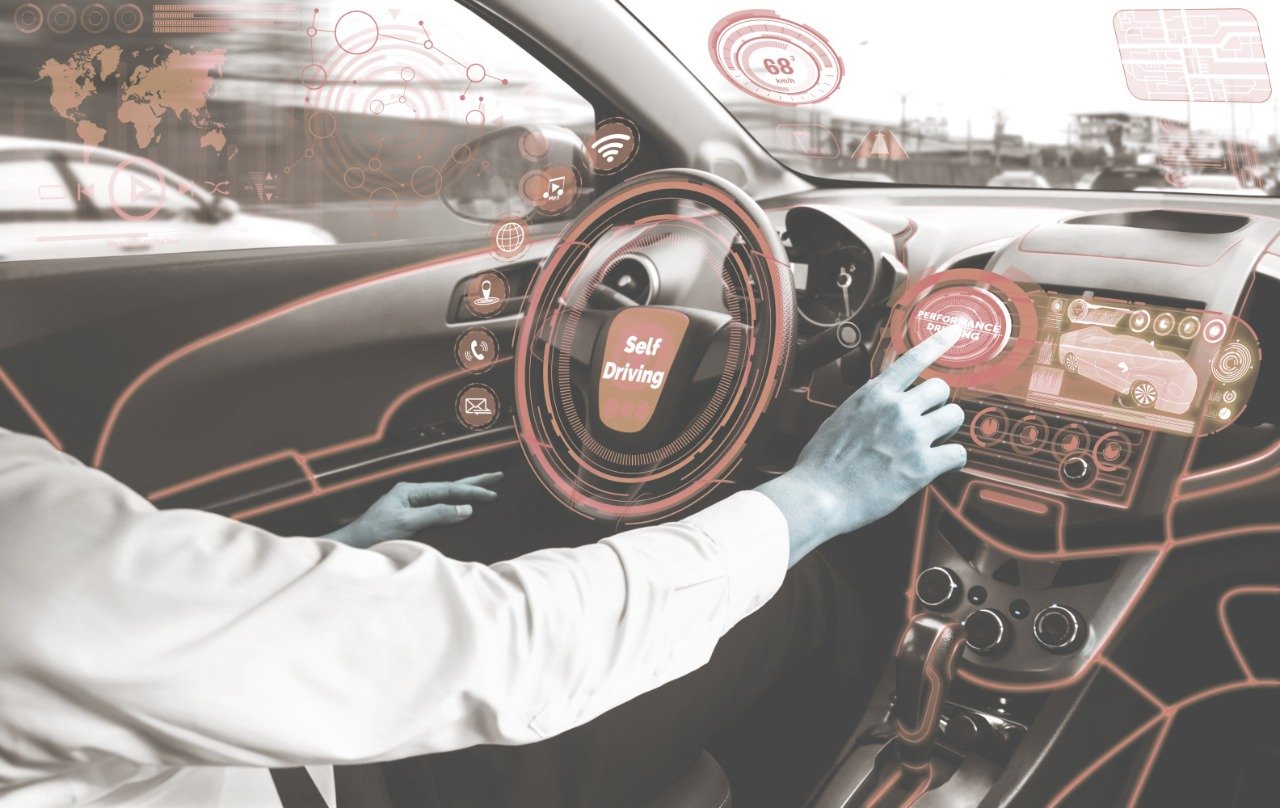
There are six types of Application Port Interfaces supported by AUTOSAR. They are
• Sender Receiver port Interface(ASWC)
• Client Server Port Interface
• Calibration Port Interface
• Mode Port Interface
• NV Data Port Interface
• Trigger Interface
Port Interface: Each port on a Software Component (all types of software components- Application or BSW) will be associated with a Port Interface. The Port Interface describes the data (ex:structure) or operations that are provided or required by a software component via that port. A Port Interface characterizes the information provided or required by a port of a Software Component.
Sender Receiver port Interface: A sender-receiver (S/R) interface is a port-interface used for the case of sender-receiver communication. Whenever you want to exchange data (ex:variables, structure) between software components you will use a Sender Receiver Interface.
Client Server Port Interface: ClientServerInterface(C/S), is a counterpart to the Sender- ReceiverInterface. Instead of defining pieces of information to be transferred among software- components, the interface defines a set of operations that can be invoked based on the client-server pattern. Here the client initiates the communication, and requests the server to perform a service. The server performs the request service and sends a response to the request. The direction of the message initiation can be used to identify if the AUTOSAR Software Component is a client or a server.
Calibration Port Interface: A Calibration Port interface allows software components access to either constant data, fixed data or calibration data. It should be noted that depending on the type of access (i.e. fixed, const or standard respectively) that compatibility rules apply. For example a Calibration Port interface which uses a fixed implementation policy will not be allowed to connect to a port of a Parameter SW Component if the provider uses a variable data implementation (i.e. standard).
NVData Port Interface: It provides element level access (read only or read/write) to non-volatile data. Whenever we want to access the NV BLOCK through the NVRAM either from the Application Software Component or from the NvM Software component we use the NVData Port Interface.
Mode Port Interface: The mode switch interface is used to notify a software component in the application of a mode. The mode manager (Communication Manager, BSW Manager) provides modes that can be used by mode users to adjust the behavior according to modes or synchronize activities to mode switches. The Software components will access the mode, request for mode change through the Mode Port Interface.
Trigger Interface: The trigger interface allows software components to trigger the execution of other software components. The purpose of the trigger interface is to allow for fast response times with regards to the occurrence of a trigger which might occur sporadic or at a variable cycle time. Example: triggering based on the crank shaft and cam shaft position.

 WhatsApp us
WhatsApp us